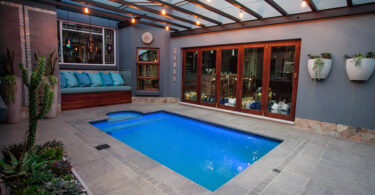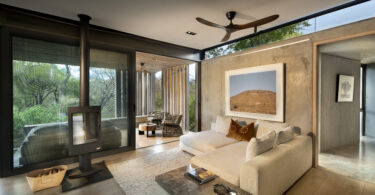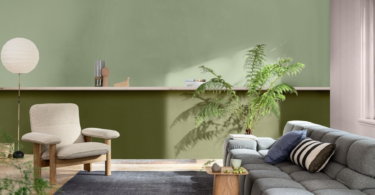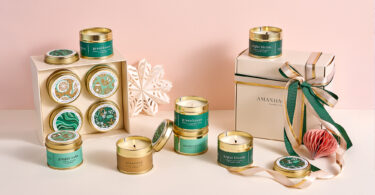Summer may have its warm evenings and al fresco meals, but for winter, it’s getting cosy beside a fireplace at home. But fireplaces are about more than just heat and comfort; they are now a design feature, to look attractive all year round, and are available in a range of materials and for use with a selection of fuels.
What to choose
“Across South Africa, there is a boom in closed combustion wood stoves and flue-less gas fireplaces. It is, to a large extent, driven by the rapidly increasing price of electricity and the wish to have heat even if there is no electricity,” says Malcolm Sims of Infiniti Fires.
Benefits of a flue-less gas unit are that it requires no chimney, it doesn’t need extensive installation, and it’s generally easy to operate. However, some owners do need to ensure that gas units are installed by a registered LPGSASA (Liquefied Petroleum Gas Safety Association of South Africa) installer.
“Balanced flue gas fireplaces are enclosed units which draw their air requirements directly to the outside by means of a special chimney system. They also feature a remote control for easy operation,” says Jared Baker of Home Fires. Freestanding fireplaces and built-in options with open flames are appealing for the ambience they create.
“Built-in fireplaces create a natural focal zone in the room, which you can further enhance with various accessories, surrounds or mantlepieces,” adds Jared.
Wall-mounted units save on floor-space requirements, and are a safe option for parents, as the system can be installed out of the reach of children.
Fuel for thought
The type of fireplace will dictate the type of fuel need, from wood to anthracite/coal, gas and bio-ethanol. Some wood burning-fireplaces need a wider chimney for the smoke to escape, which also lets more of the heat escape. ‘Wood is plentiful in South Africa, relatively accessible to all and relatively affordable. It is also a sustainable fuel source, unlike fossil fuels,” says Julian Poppel of Island Fires.
Wood-burning “boiler fireplaces” have also been introduced to the market. “Whether it’s for a hot bath, warm shower or underfloor heating, you can produce the hot water you need with a water-heating fireplace, as well as heating large open-place spaces,” says Andrew Balding of Morso (Premium Fires).
Another new introduction is pellet-burning fires, which comprise compressed biomass wood acquired from sustainable plantations regulated by the Forest Stewardship Council. Gas units are easier to clean and provide instant heat, but the running costs van be higher than those of wood.










Leave a Comment